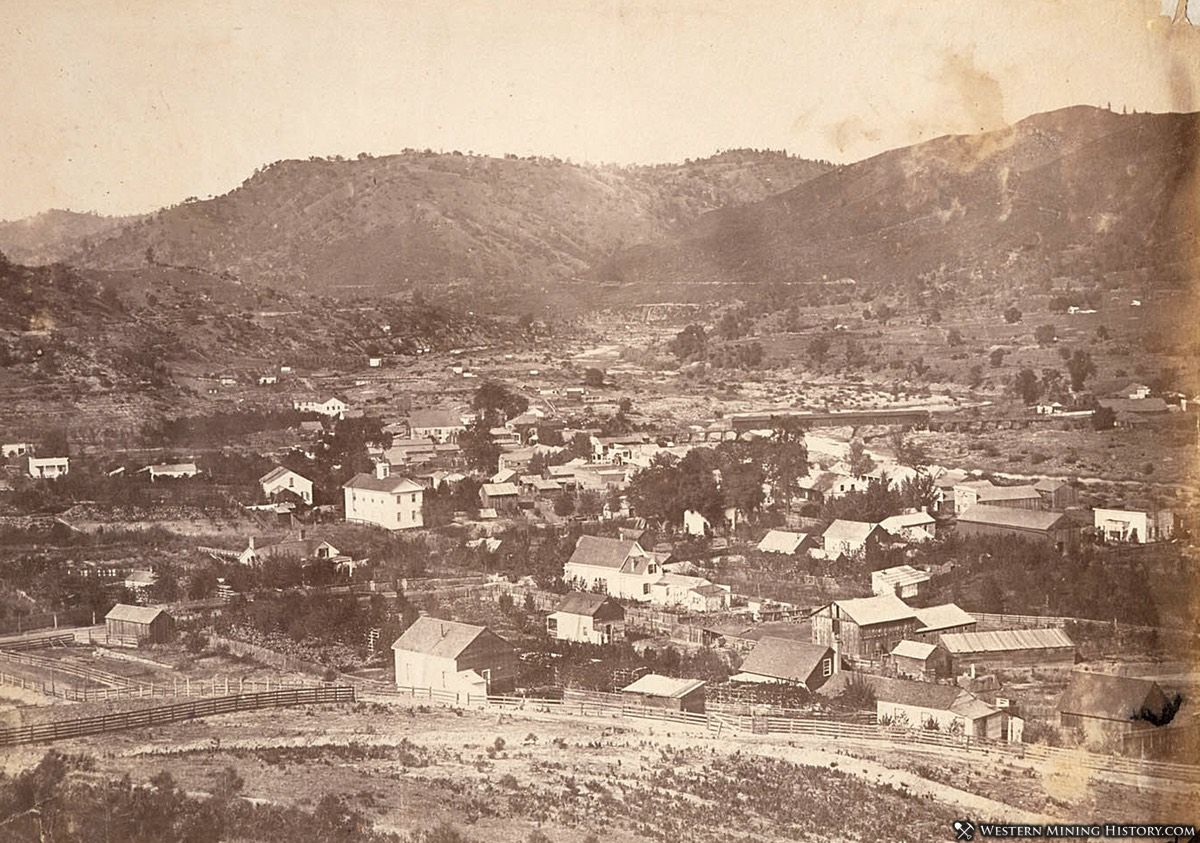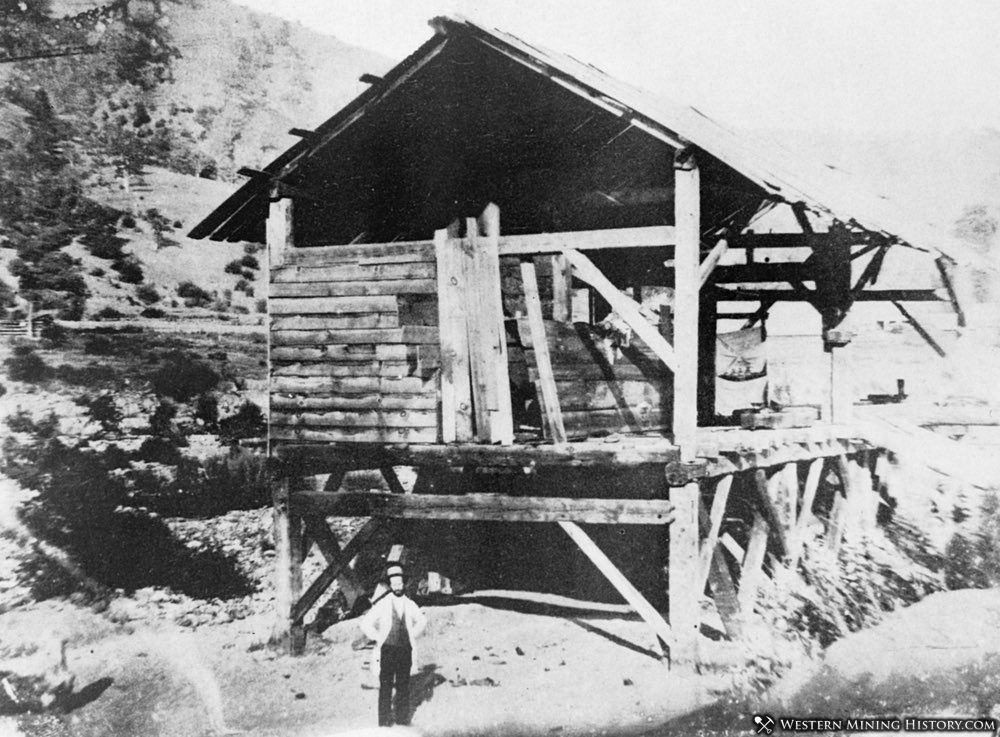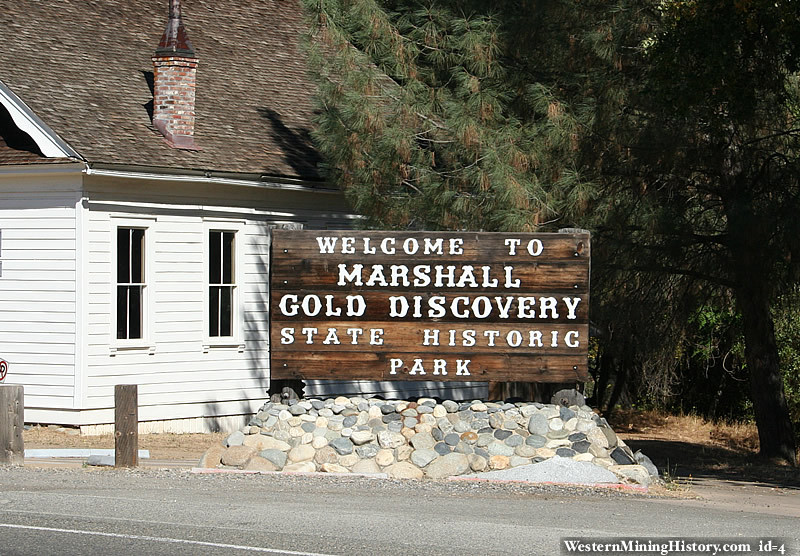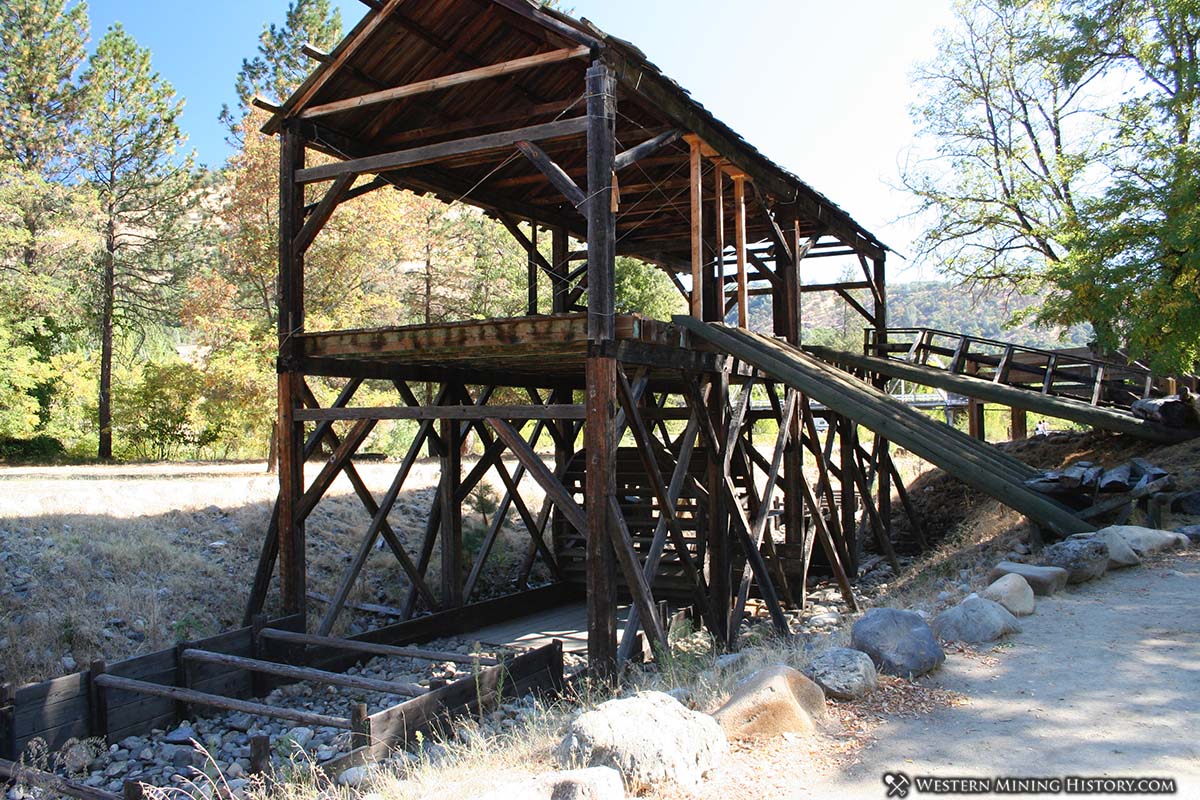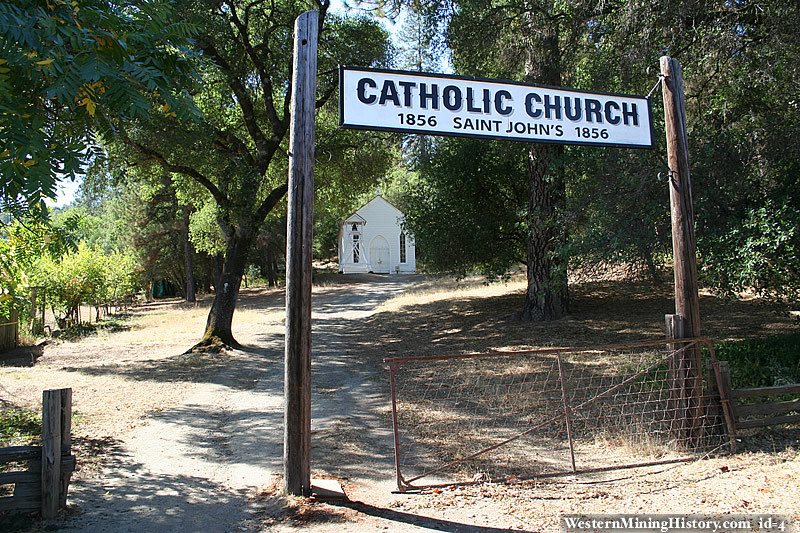Click on an image to get more details or a direct link.
Chinese Store - Coloma California
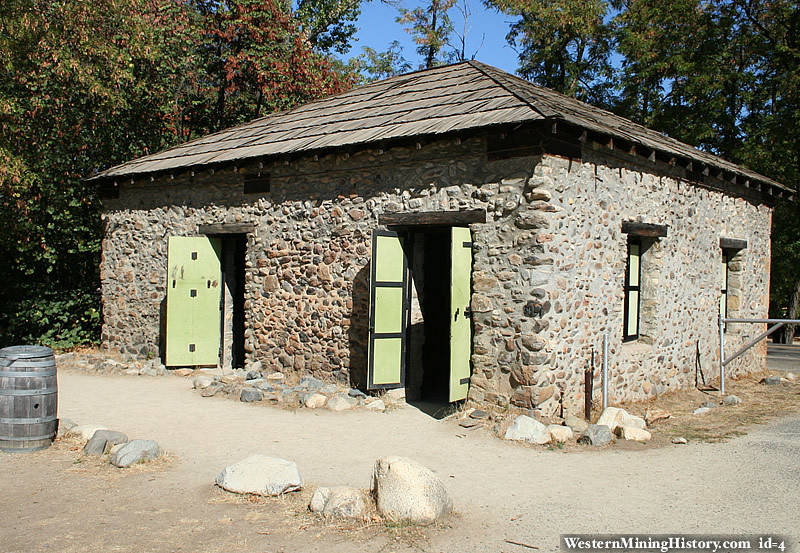
Sign at site reads:
These two stone buildings known as the Wah Hop and Man Lee Stores were built by Jonas Wilder before 1860 and leased to Chinese merchants. Located at the edge of a large Chinese community, they sold traditional foods, clothing, and other items. Such stores were also social centers and places for receiving news about other Chinese communities in the state. After a disatrous fire destroyed Coloma's Chinese quarter in 1883, most of the Chinese left town.
Chinese Store - Coloma California
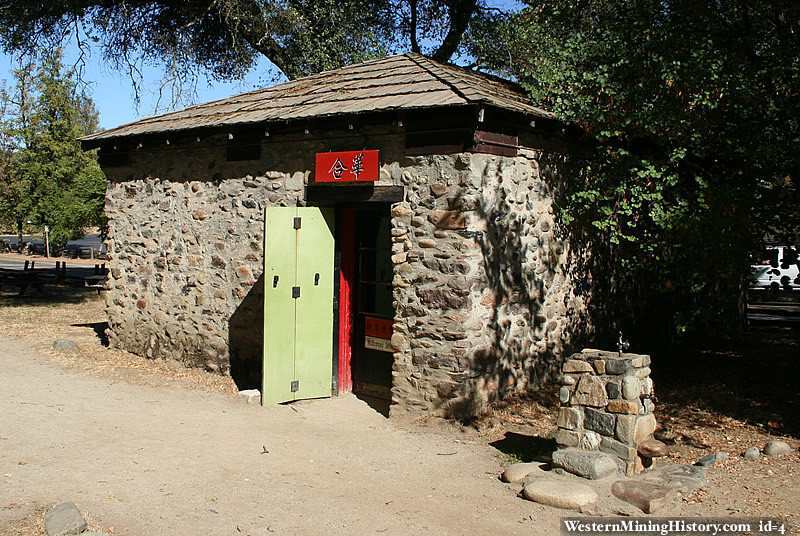
Sign at site reads:
These two stone buildings known as the Wah Hop and Man Lee Stores were built by Jonas Wilder before 1860 and leased to Chinese merchants. Located at the edge of a large Chinese community, they sold traditional foods, clothing, and other items. Such stores were also social centers and places for receiving news about other Chinese communities in the state. After a disatrous fire destroyed Coloma's Chinese quarter in 1883, most of the Chinese left town.
Blacksmith Shop -Coloma California
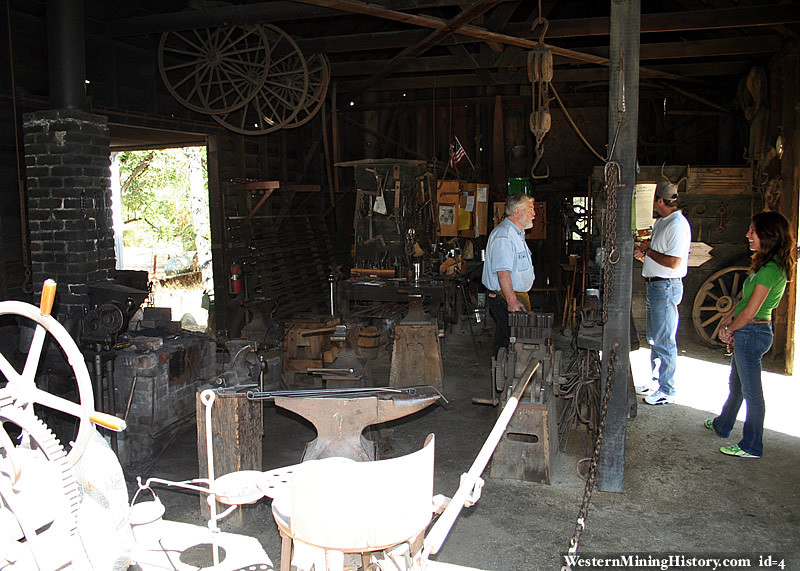
This shop, built by Perly Monrow about 1900, is representative of the many blacksmith shops in Coloma during and after the gold rush period. An essential member of the community, the blacksmith repaired and manufactured almost everything made from metal, including small hardware, wagons, and tools for both miners and farmers.
Coloma Schoolhouse - Coloma California
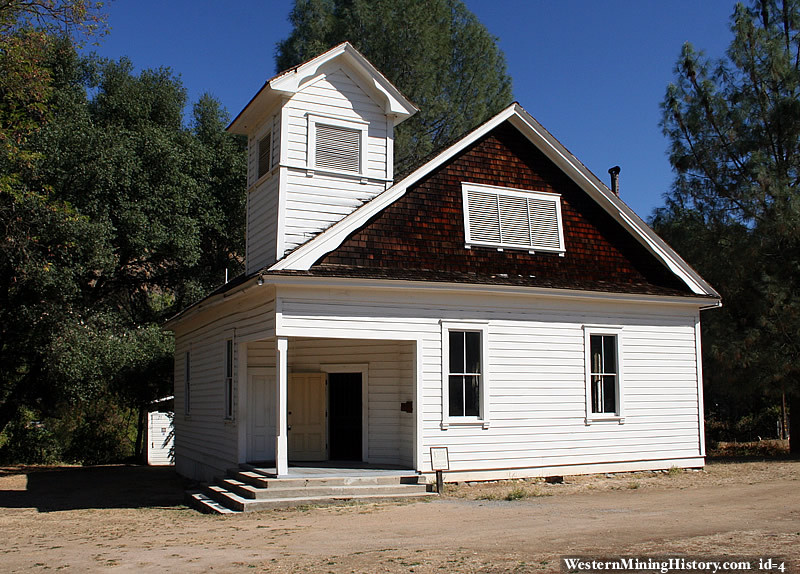
Sign at site reads:
Coloma Schoolhouse
In 1885 Coloma's three private schools enrolled 187 pupils, two years later one large public school held 234 children. That school was housed in the original El Dorado Couny Courthouse on this site. the Courthouse burned in 1915, and this school building was moved here from Slatington, near Kelsey.
The schoolhouse was restored in 1995 through the efforts of Park staff, the Gold Discovery Park Association and El Dorado County citizens.
Coloma Schoolhouse - Coloma California
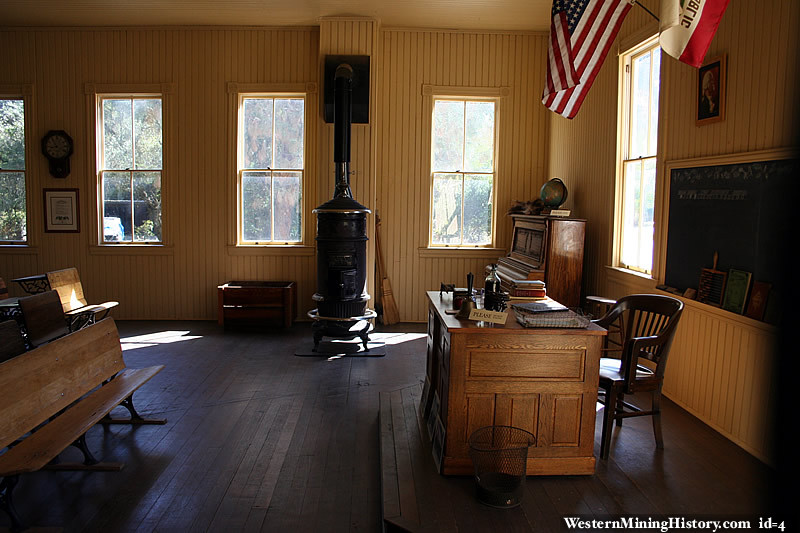
Sign at site reads:
Coloma Schoolhouse
In 1885 Coloma's three private schools enrolled 187 pupils, two years later one large public school held 234 children. That school was housed in the original El Dorado Couny Courthouse on this site. the Courthouse burned in 1915, and this school building was moved here from Slatington, near Kelsey.
The schoolhouse was restored in 1995 through the efforts of Park staff, the Gold Discovery Park Association and El Dorado County citizens.
Coloma Schoolhouse - Coloma California
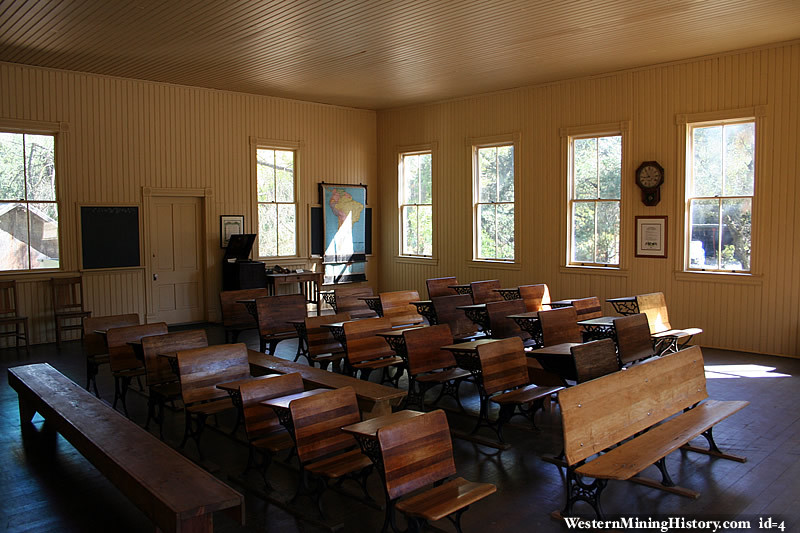
Sign at site reads:
Coloma Schoolhouse
In 1885 Coloma's three private schools enrolled 187 pupils, two years later one large public school held 234 children. That school was housed in the original El Dorado Couny Courthouse on this site. the Courthouse burned in 1915, and this school building was moved here from Slatington, near Kelsey.
The schoolhouse was restored in 1995 through the efforts of Park staff, the Gold Discovery Park Association and El Dorado County citizens.
Coloma California
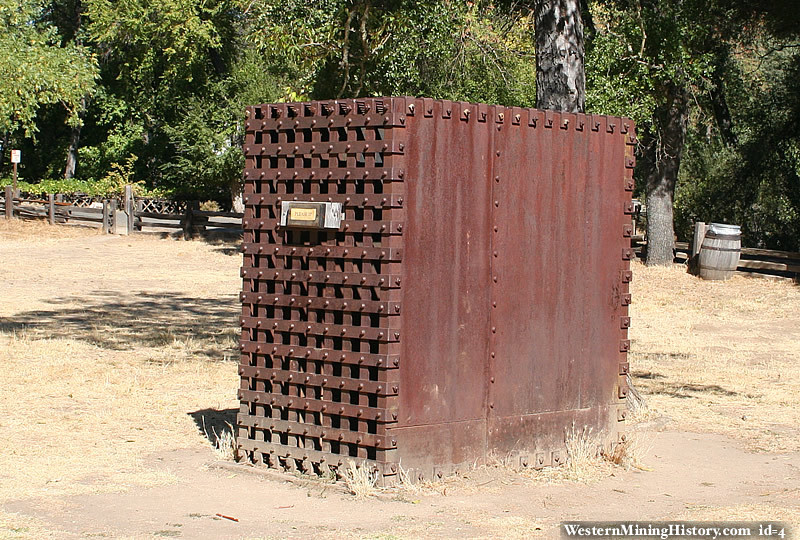
Sign at site reads:
El Dorado County Jails
Coloma's first jail was made of logs and was located around the corner on High Street. The second jail, built in 1855, quickly proved to be too small, and this stone-block prison was erected. It was used from 1857 until 1862. The metal cell that stands nearby came from the county courthouse in Placerville.
Old Jail - Coloma California
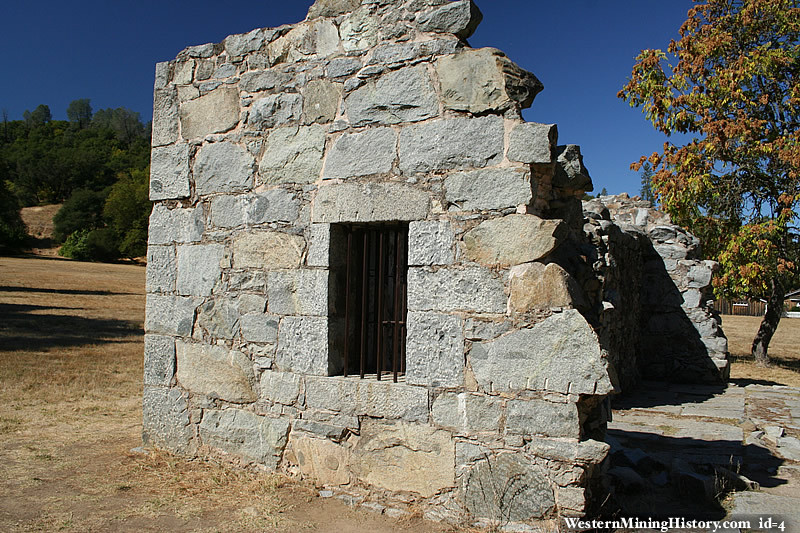
Sign at site reads:
El Dorado County Jails
Coloma's first jail was made of logs and was located around the corner on High Street. The second jail, built in 1855, quickly proved to be too small, and this stone-block prison was erected. It was used from 1857 until 1862. The metal cell that stands nearby came from the county courthouse in Placerville.
Old Jail - Coloma California
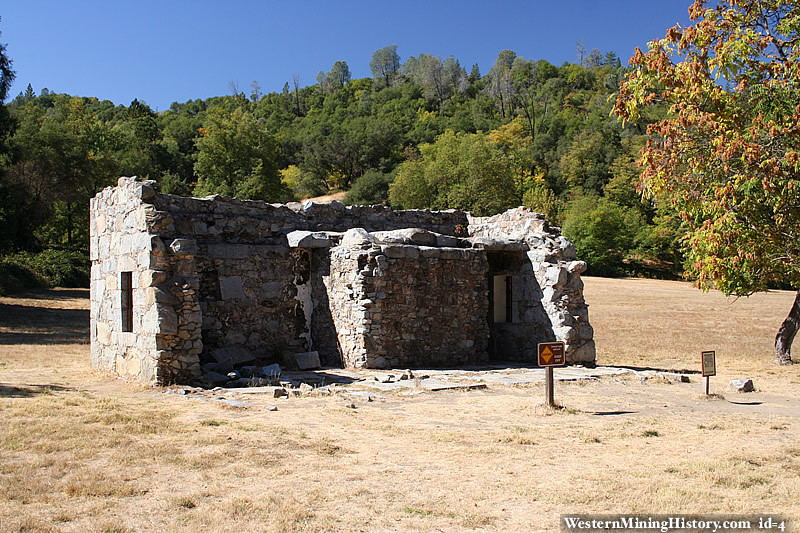
Sign at site reads:
El Dorado County Jails
Coloma's first jail was made of logs and was located around the corner on High Street. The second jail, built in 1855, quickly proved to be too small, and this stone-block prison was erected. It was used from 1857 until 1862. The metal cell that stands nearby came from the county courthouse in Placerville.
Old Jail - Coloma California
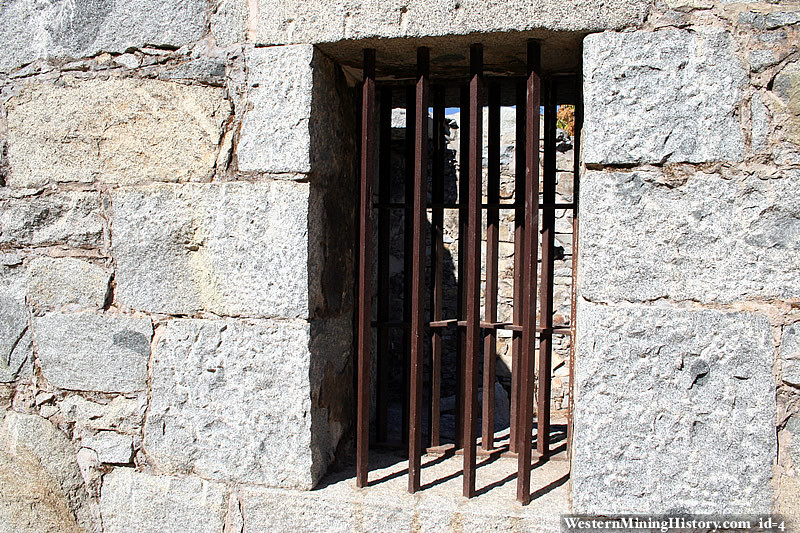
Sign at site reads:
El Dorado County Jails
Coloma's first jail was made of logs and was located around the corner on High Street. The second jail, built in 1855, quickly proved to be too small, and this stone-block prison was erected. It was used from 1857 until 1862. The metal cell that stands nearby came from the county courthouse in Placerville.
Coloma California
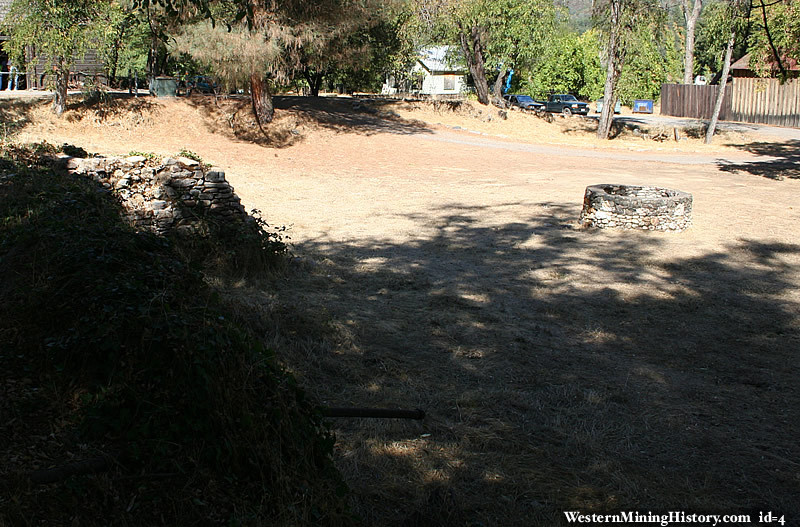
Sign at site reads:
Site of Sierra Nevada house
The Sierrra Nevada house was a handsome two-story buidling with many windows and a broad balcony. Here guests could always expect fine hospitality, superb food, excellent ballroom music, fine carriages and comfortable beds. It was operated by Robert Chalmers from 1852 until 1869, when he sold it to begin building the Vineyard House. The fading old hotel continued to serve travellers and boarders until it was destroyed by fire in 1902. A new hotel was built. It burned in 1925. A replica now stands at the intersection 1 mile north of here. All that remains of the once-grand hotel is the well, visible below.
Odd Fellows Hall - Coloma California
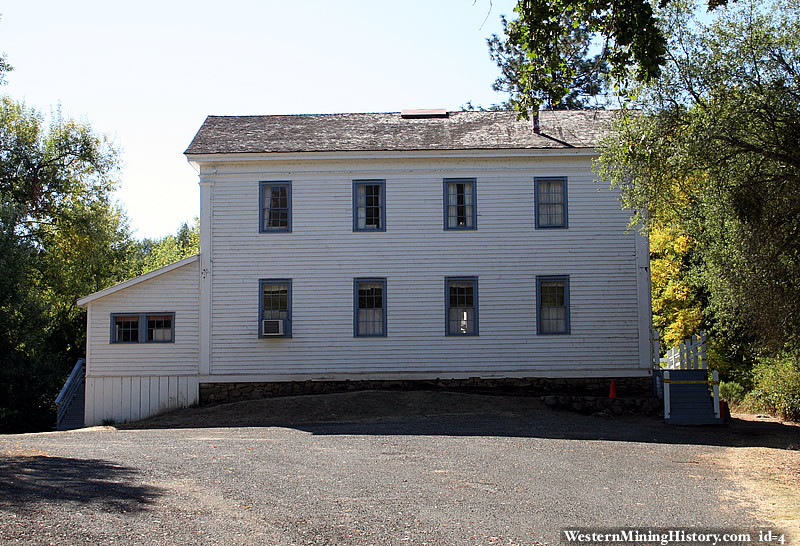
Sign at site reads:
Built in 1854 by the Independent Order of Odd Fellows, this hall was also shared with religious organizations of the Coloma community. The I.O.O.F. was only one of the many fraternal lodges that were active during the 1850's in Coloma and in most mining towns. Today, Coloma Lodge, No. 27, is the second oldest Odd Fellows lodge operating in El Dorado County. Rebekah Lodge No. 114 shares in the operation of the hall for community events and weekly meetings.
Kane house - Coloma California
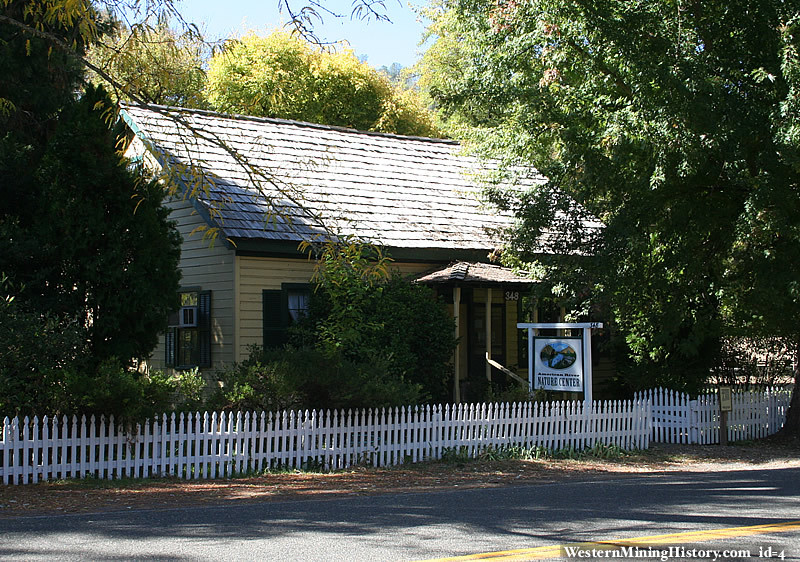
Sign at site reads:
Tom Kane was born in Coloma of Irish parents. He built this house for his bride, Julia, in 1886. He died 5 years later, and Julia lived here for many years afterward. In 1934 Ralph Hikens owned the house and operated a store and post office in one room.
The Miller House - Coloma California
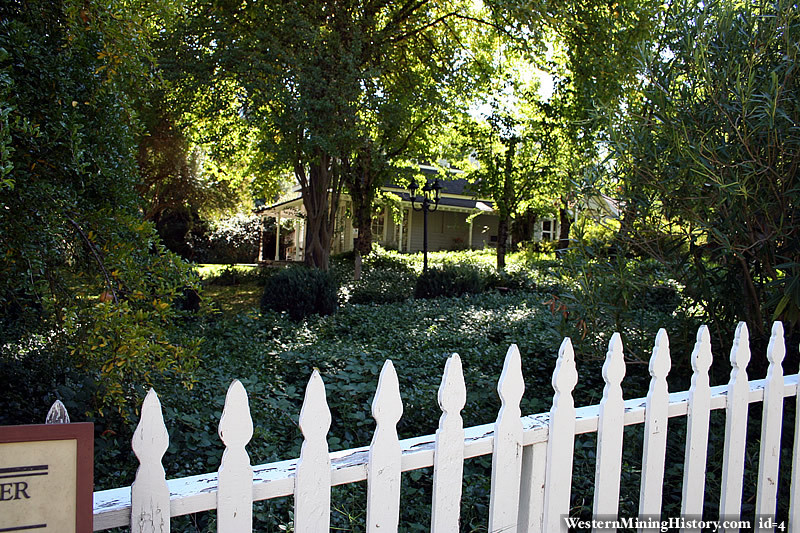
Sign at site reads:
The Miller House
One of the oldest surviving structures in Coloma, this house was built in 1852 for Hugh Miller. proprietor of the Fashion Billiard Saloon on Main Street. Miller House has been renovated several times since then. From 1964 to 1983 it was the home of noted artist George Mathis and known as the "Friday House". The building has been a bed and breakfast inn since 1983.
Papini House - Coloma California
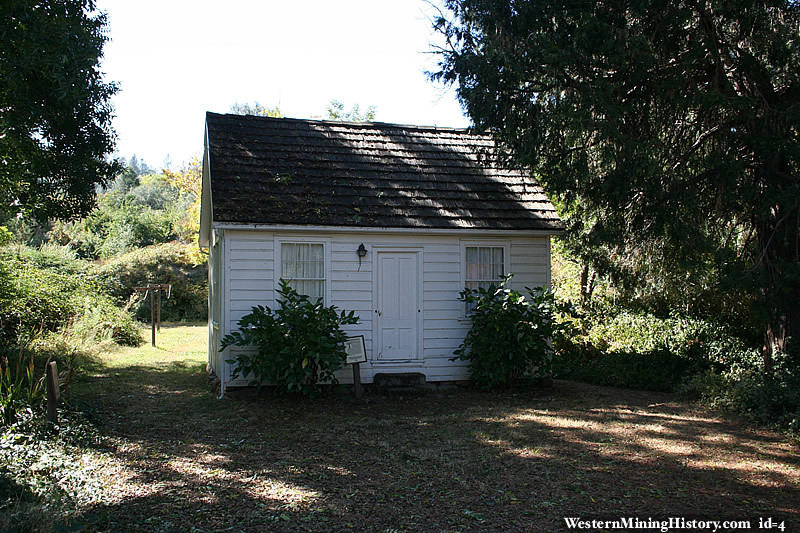
Sign at site reads:
Papini House
This home is located near the site of an 1853-1864 bakery and confectionary store owned and operated by Luther Davis. the impressive Davis home was located on the hill, some 100 feet behind the bakery. Both were dismantled after 1885. This structure was built for Davis' granddaughter, Dorcus Hooper Papini, and her husband, Joseph Papini. It is believed that materials from the original bakery building were used to construct it. the Papinis lived on the site util 1903. The residence was then used as a rental.
Weller House - Coloma California
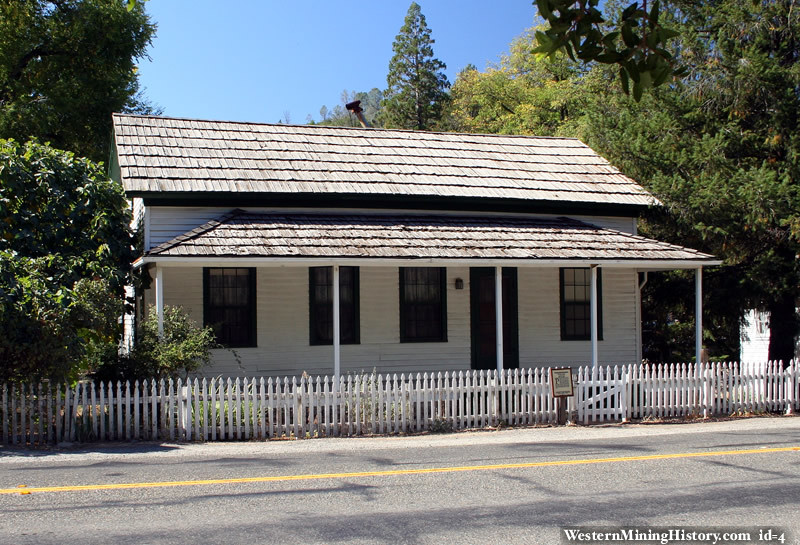
Sign at site reads:
Weller House
Probably the first structure on this site was Lettner's Exchange, which was later purchased and remodeled by the Bramer brothers. They operated the Orleans Hotel, Restaurant and Oyster Saloon until 1856 when Elias Weller bought the property and converted it to his residence. Portions of the old Orleans Hotel may still be left in the Weller house.
